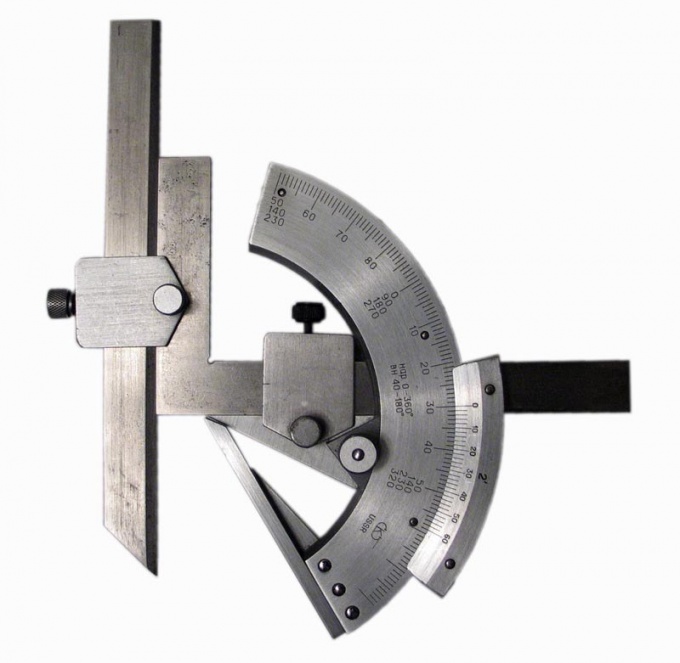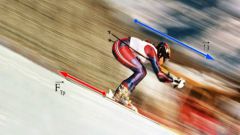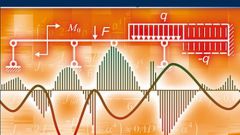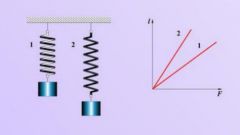You will need
- - scales;
- speedometer or the radar;
- - inclinometer.
Instruction
1
Determine the body weight using a scale, or in any other way. If the body is on a horizontal surface (no matter it moves or remains at rest), the force of support reaction equal to the force of gravity acting on the body. To calculate it multiply the body weight in free fall acceleration equal to 9.81 m/S2 N=m•g.
2
When the body moves along an inclined plane directed at an angle to the horizontal, the reaction force bearing is at an angle to gravity. However, she compensates only the component of gravity that acts perpendicular to the inclined plane. To calculate the reaction forces of the supports, using the protractor, measure the angle at which the plane is to the horizon. Calculate the force of support reaction, multiplying body weight in free fall acceleration and the cosine of the angle at which the plane is to the horizon N=m•g•Cos(α).
3
In that case, if the body moves over the surface, which is a part of a circle of radius R, for example, a bridge, a hill, the force of reaction of support takes into account the force acting in the direction from the center of the circle, with acceleration equal to the centripetal acting on the body. To calculate the reaction force bearing at the top, from the gravitational acceleration, subtract the ratio of the square of the velocity to the radius of curvature of the trajectory.
4
The number you multiply by the mass of the moving body N=m•(g-v2/R). Speed should be measured in meters per second, and the radius in meters. At a certain speed, the value of the acceleration directed from the center of the circle can equal and even exceed the acceleration of free fall, in this moment, the clutch body with the surface will disappear, so, for example, motorists need to clearly control the speed on such sections of the road.
5
If the curvature is directed downwards, and the trajectory of the body is concave, then calculate the reaction force bearing, adding to the acceleration of gravity the ratio of the square of the velocity and the radius of curvature of the trajectory, and the resulting multiply the result by body weight N=m•(g+v2/R).
6
If you know the friction force and coefficient of friction, the reaction force bearing, calculate by dividing the friction force by this factor N=Fтр/μ.






